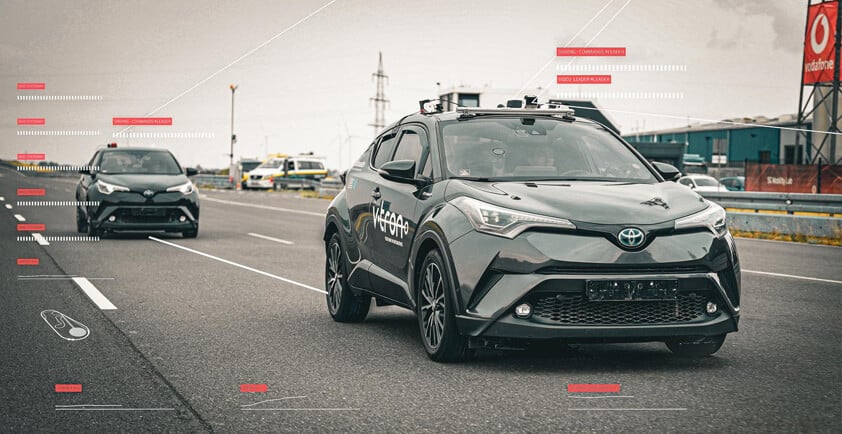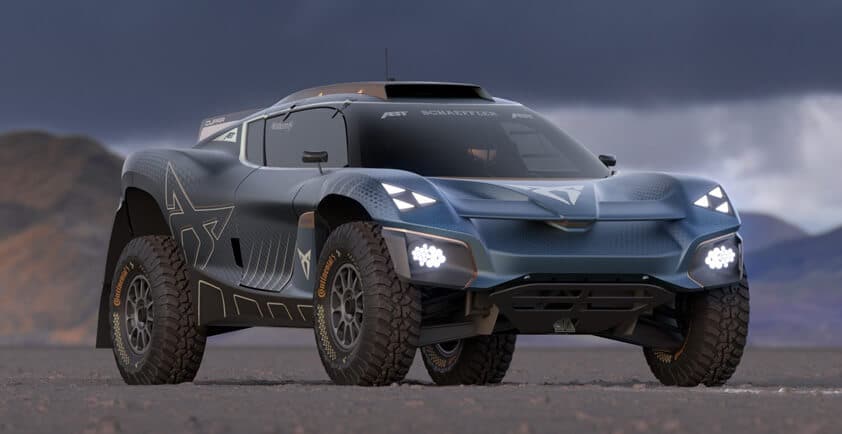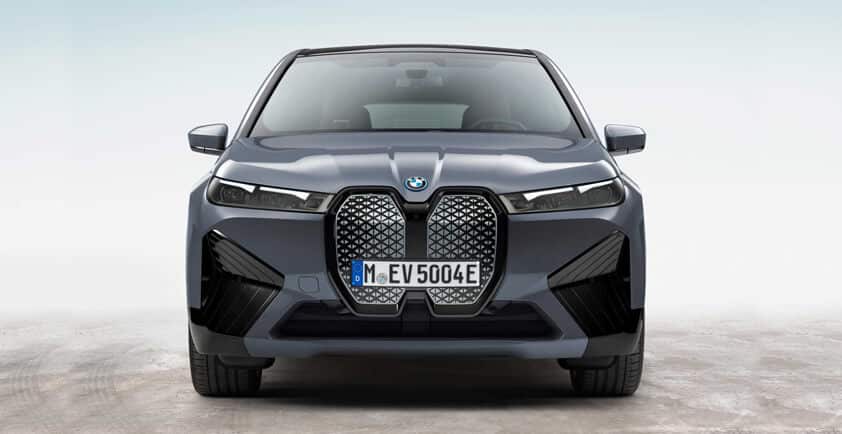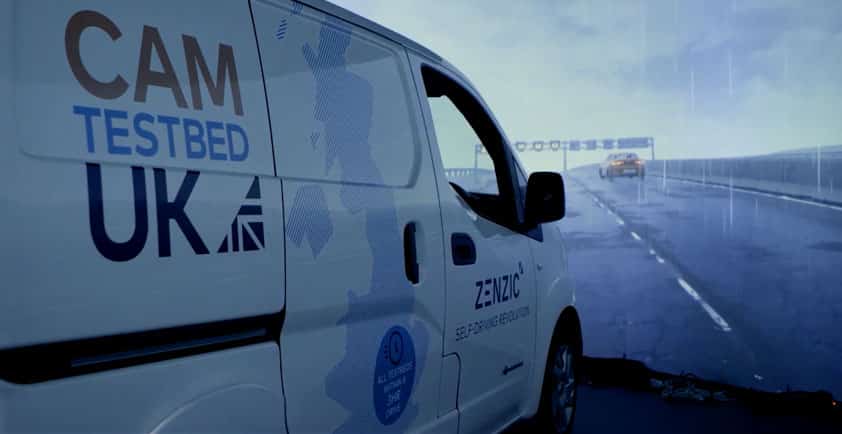

IMAGINING THE TRAVEL OF TOMORROW WITH VOLKSWAGEN
As countries start to open up again amid the Covid-19 crisis, one thing is certain: the world has changed.
The pandemic has already affected almost every aspect of society, from the way we work, to the way we learn, exercise, shop and socialise.
One sector affected more than others by the current crisis is transport. Planes are grounded, train companies now require seat reservations and social distancing is enforced on public transport. In stations and airports around the world, thermal scanners and isolation rooms are becoming the norm.
When it comes to roads though, changes were happening long before Covid-19.
The automotive world has been experimenting for some time with self-driving cars and how to make them a reality, and automakers are looking at 5G to find the answer.
What is VWAT?
As one of the world’s leading manufacturers of automobiles and commercial vehicles, Volkswagen needs little introduction.
But Volkswagen is not just one of the world’s largest car manufacturers. Its new division, Volkswagen Autonomy (VWAT) is a technology company in its own right. VWAT, brings together expertise from the automotive and technology industries to shape the future of transport.
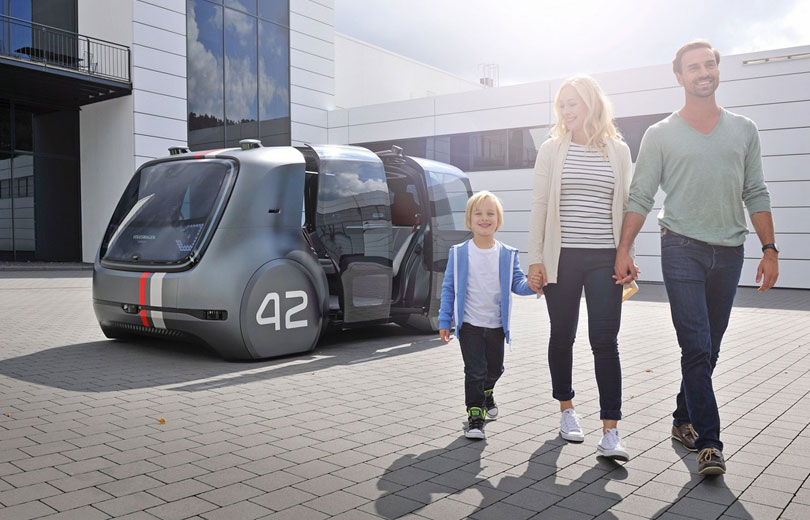

Its main goal? To develop and deploy Level 4 autonomous vehicles; self-driving cars that require no human interaction. A product-ready, self-driving system.
This is something they expect to start commercialising at scale by the middle of this decade, but there’s a lot to be done between now and then.
No connectivity, no can do
For autonomous vehicles to work, they need extremely reliable connectivity running through the whole road-ecosystem.
This is essential to analyse the environment, the infrastructure and other vehicles, and to be able to react immediately.
5G, combined with edge computing and other technologies, will make this possible thanks to its ability to process large amounts of data at speed.
For example, if a car is trying to overtake but the driver’s view is obstructed, the car will be able to communicate with other vehicles in the area and the road itself to establish whether it is safe to manoeuvre, reducing potential accidents.
Another example is the capability to monitor and react to the movement of vehicles queuing in a single lane, allowing an approaching vehicle to adapt dynamically to the traffic conditions.
Not only will this improve the safety and comfort of the passengers, it will also encourage a safe tailing distance and reduce congestion, fuel consumption and emissions.
And when we get cars communicating like this, through full autonomy, people can spend the time in the vehicle doing things other than driving.
We caught up with Alexander Hitzinger, CEO at Volkswagen Autonomy, to find out how the project is going.
Author - Ben Elms, VGE Director, Vodafone Business
